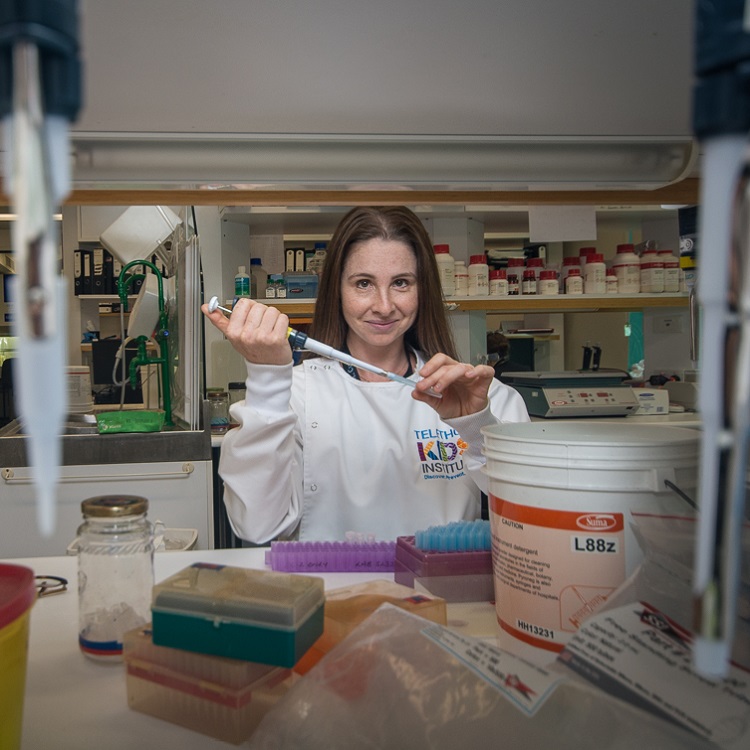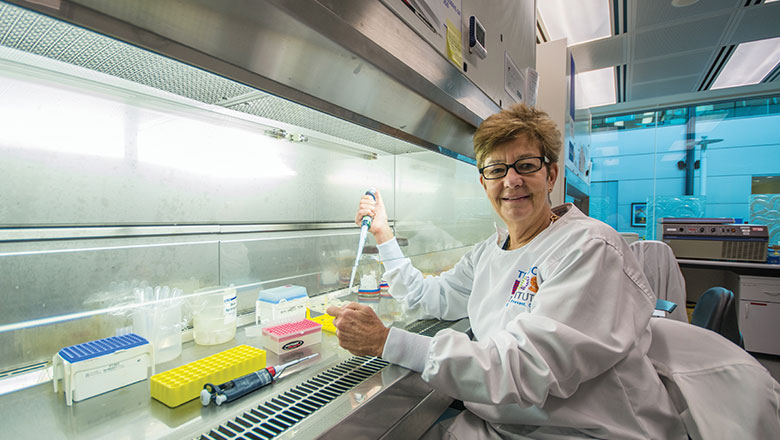Search
Research
Randomised controlled trial analysing supplementation with 250 versus 500 units of vitamin D3, sun exposure and surrounding factors in breastfed infantsThe rate of non-compliance with vitamin D supplementation is as high as 45%. This is why randomised controlled trials are needed to analyse the response...
Research
Gene regulation by 1,25-dihydroxyvitamin D3 in CD4+CD25+ cells is enabled by IL-2Vitamin D may be responsible for reducing the development and severity of autoimmune and allergic diseases. Topically applied 1,25-dihydroxyvitamin D(3) (1,25(O
Research
Immune-modifying properties of topical vitamin D: Focus on dendritic cells and T cellsTopical creams containing the active form of vitamin D (1,25-dihydroxyvitamin D3; 1,25(OH)2D3) or analogues of this compound are currently used with some succes

News & Events
Government funding for innovative sun safety online tool for teensThe Kids researcher Dr Shelley Gorman has received a Healthway grant to develop an online tool to promote safe sun behaviours to teenagers.

News & Events
Sun safe: balancing the risks and benefitsThe D-Light program, set up in 2014, aims to shed light on the amount of sun exposure that will promote good health in children and adolescents.
Research
Incidence of nonmelanoma skin cancer in relation to ambient UV radiation in white populations, 1978-2012 empirical relationshipsThis paper examined dose-response relationships between ambient UVR levels and NMSC incidence at the population level.
Research
Novel drug targets for asthma and COPD: Lessons learned from in vitro and in vivo modelsThis paper is a review of potential novel therapeutic targets or tools for the treatment of asthma and COPD.
Research
Nutritional approaches for the primary prevention of allergic disease: An updateThe dramatic rise in early childhood allergic diseases indicates the specific vulnerability of the immune system to early life environmental changes.
Research
Serum 25-hydroxyvitamin D concentrations and cardiometabolic risk factors in adolescents and young adultsAssociations between serum 25(OH)D concentrations and cardiometabolic risk factors from adolescence to young adulthood in the Raine Study
Research
Maternal Vitamin D Levels and the Autism Phenotype Among OffspringWe tested whether maternal vitamin D insufficiency during pregnancy is related to the autism phenotype.
